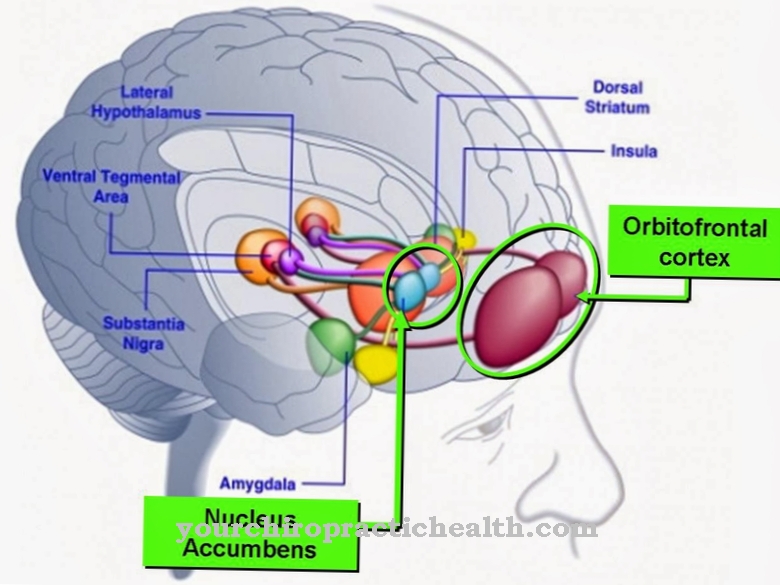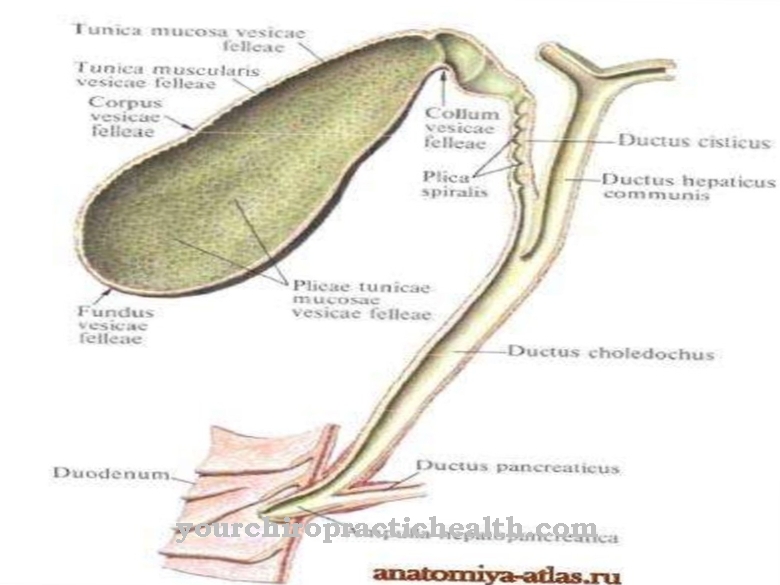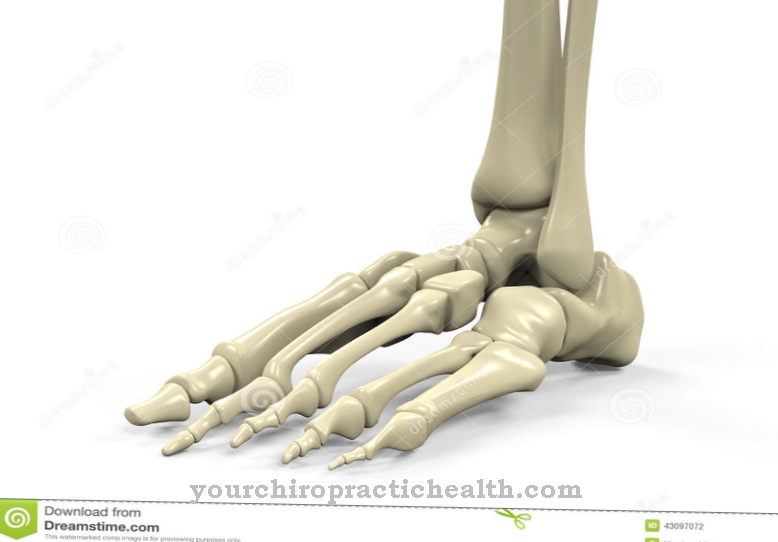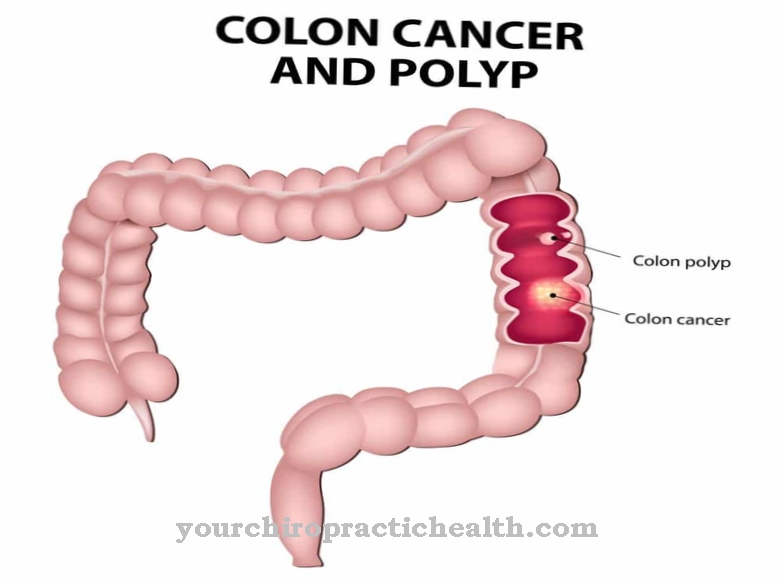At Germ cells it is the basis of life. There are male and female germ cells that are responsible for creating an embryo after they have fused. The germ cells show decisive differences compared to all other body cells.
What are germ cells?
The Germ cell the woman is the egg, the man is the sperm. If the cells are united, the woman is fertilized and becomes pregnant. The germ cells are created in the body's own processes. Before the germ cell can perform its function, it divides in a maturation process called meiosis.
This consists of two phases in which the diploid set of chromosomes is transformed into a haploid one. The background to this event is that every cell has 46 chromosomes. After the meiosis, germ cells only have 23 chromosomes. When the egg cell and sperm fuse together, they complement each other. A new cell with 46 chromosomes is created, 23 of which come from the mother and 23 from the father.
The woman's germ cells are located in the ovary. One of them grows about every four weeks. Either it is fertilized after ovulation or menstruation occurs. The sperm, the male germ cells, are produced in the testicles. The development of the haploid cells only takes a few hours.
Anatomy & structure
The egg cell is the largest cell in the human body. Their average is about 0.11 to 0.14 millimeters. The egg cell is outwardly from the Zona pellucida surround. This has a particularly important task: it consists of certain proteins that enable the sperm to bind to the envelope.
The perivitellin space follows after the egg shell. In meiosis, polar bodies are formed in addition to a functional egg cell. DNA is stored in these and is no longer used. The polar bodies also swim in the perivitelline space. The inner egg shell is opposite the room. It is the cell membrane of the egg cell. The egg cell is filled with ooplasm, in which the cell nucleus is also stored. This is the whereabouts of the DNA.
The sperm is formed and stored in the man's testicles. It consists of a head, the middle piece and the scourge. The end piece is thrown off after fertilization, it is only used for locomotion. The genome is stored in the head of the sperm, while many mitochondria are located in the middle piece. Sperm are among the smallest cells found. They measure an approximate size of 0.06 millimeters.
Function & tasks
The most important function of the germ cells is human reproduction. During sexual intercourse or artificial insemination, the egg cell and sperm are united with one another. The fertilized egg is called a zygote. It divides several times within a short time frame, creating a larger accumulation of cells.
The uterus prepares to implant the fertilized egg. At some point, the zygote migrates through the fallopian tube into the uterus. A new division occurs, in which the placenta and the embryo arise.
In addition to pregnancy itself, the DNA of mother and father is also passed on via the germ cell. This is in the form of chromosomes in the cell nucleus. Of the 46 chromosomes, 23 come from each parent. These consist of two halves. There are two pieces of information for each possible quality of the child. Which ultimately prevails is subject to certain rules.
The pregnancy can only occur within a certain time window. This is ovulation. Within a day, the egg cell migrates through the fallopian tube into the uterus. If the egg has not been fertilized at this point, menstruation occurs.
Illnesses & ailments
The germ cells can become ill in different ways. It is possible that women with PCO syndrome do not ovulate, which means that fertilization cannot take place. The basis for this disease are hormonal imbalances. In the case of pregnancy, it cannot be ruled out that the egg cell will not get back into the uterus due to the fallopian tubes sticking together.
If this process occurs, an ectopic pregnancy follows. This is associated with serious risks and is therefore ended in most cases. In addition, the speed and quality of sperm is severely restricted by regular tobacco and alcohol consumption. It could also be proven that the groups mentioned produce more defective sperm.
Serious problems arise with diseased germ cells, especially for the embryo. Complications can arise during the egg cell and sperm division. So it is possible that after cell division an additional chromatid, half of a chromosome, is present in the cell. As a result of this process, the cell is not haploid, instead it contains two chromatids. This can have serious consequences because fertilization adds another half of the chromosome. Diseases such as Down syndrome result.
The basis of this disease is the triple occurrence of the 21st chromosome. The child is born with mental as well as physical limitations. Diseases or disorders of the germ cells almost always affect the genetic material in different ways. In addition to missing or additional chromosomes, there may also be an incorrect base combination in the DNA. Ultimately, such processes have no consequences for the carriers of the germ cell. The disease mostly affects the embryo only.













.jpg)

.jpg)
.jpg)











.jpg)